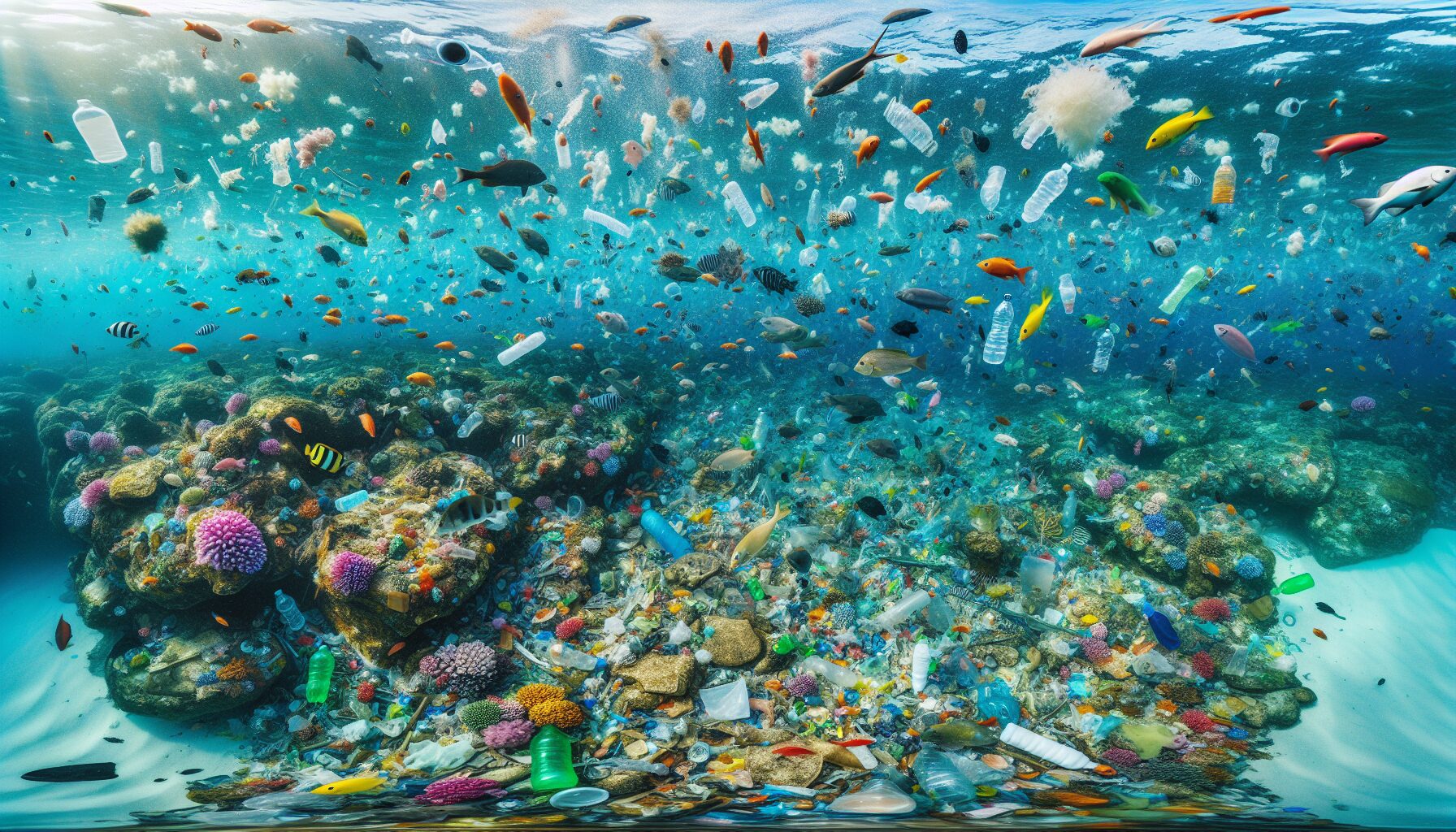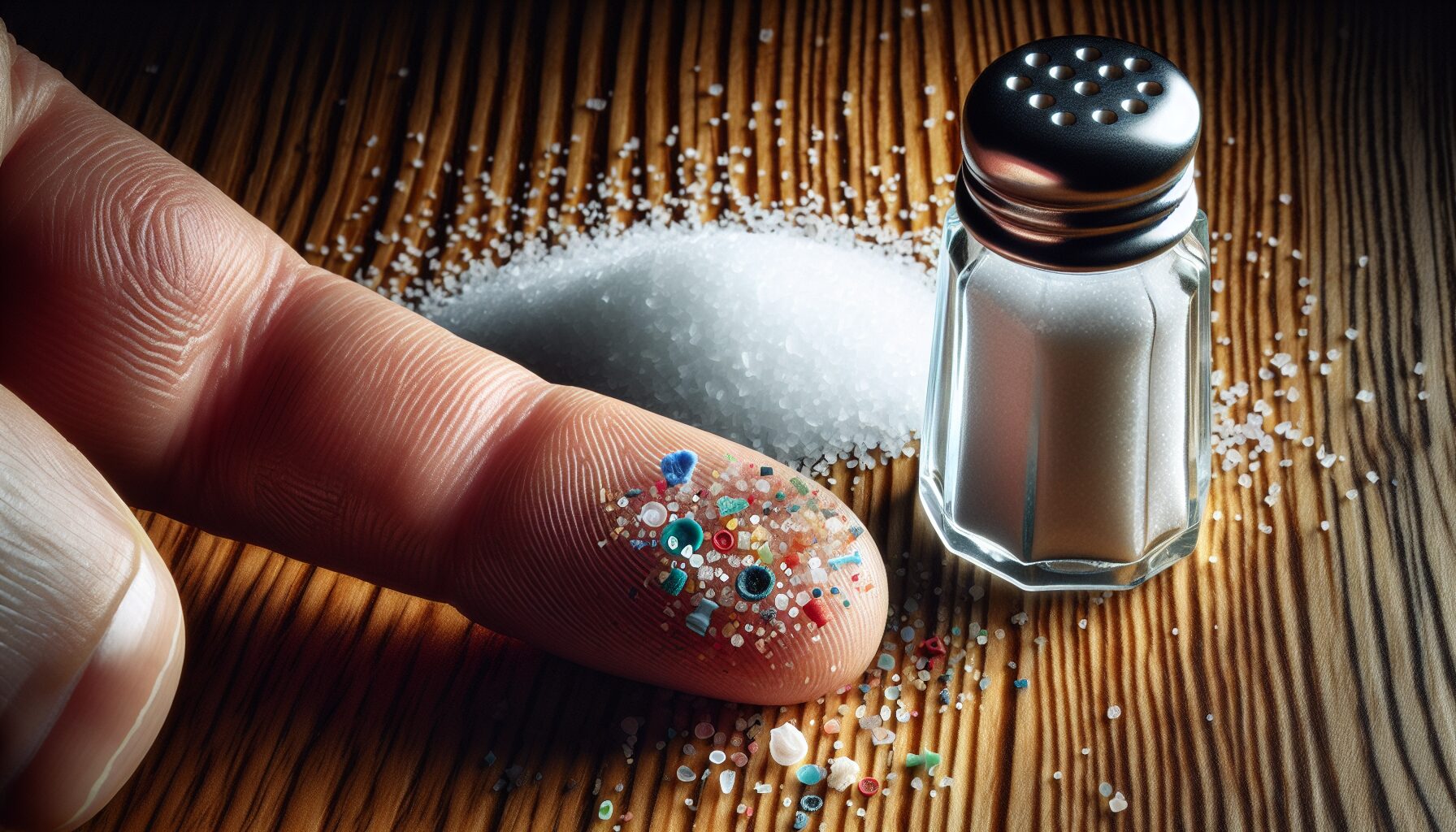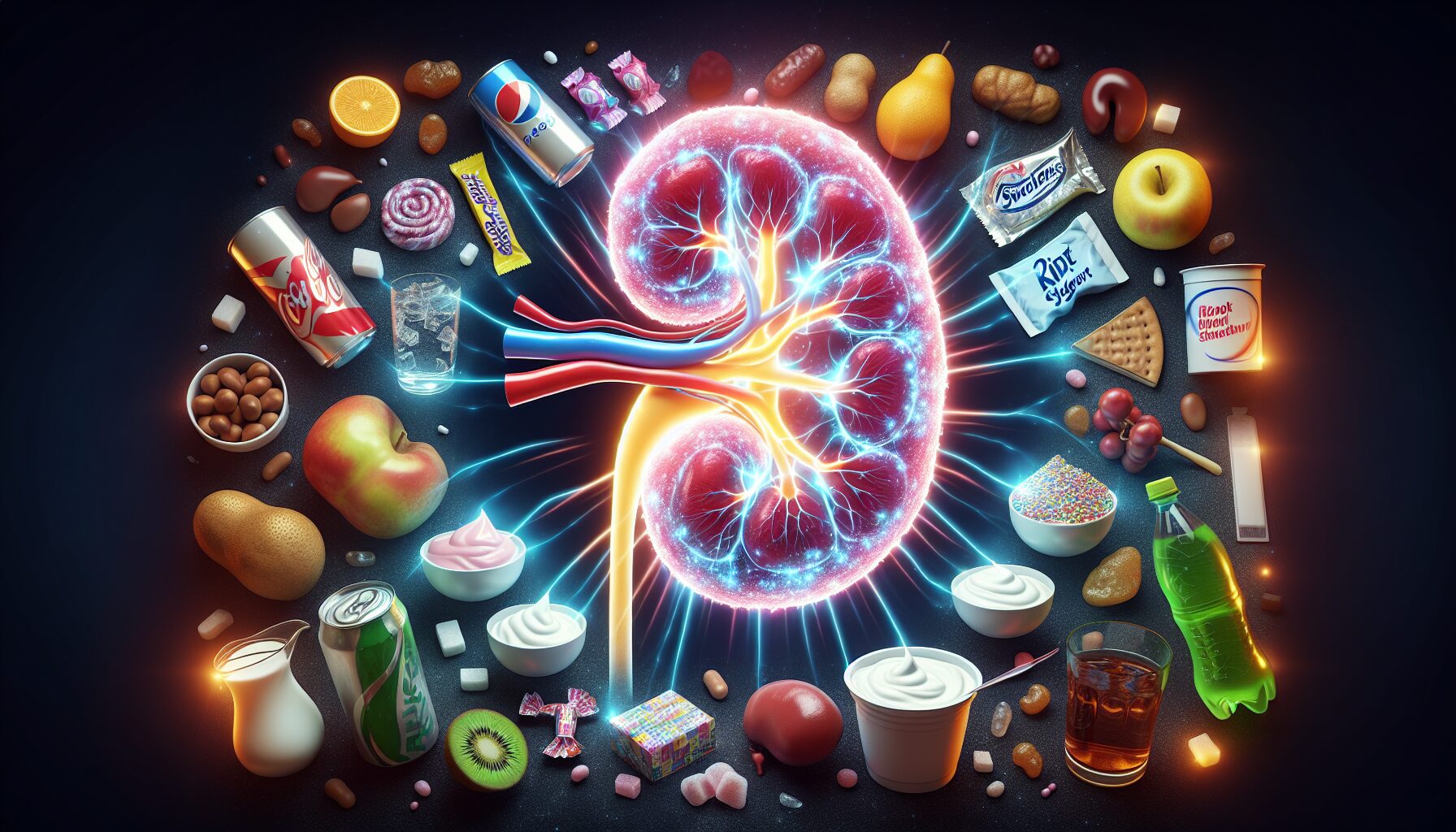
Low Microplastic Sea Salt And Low Microplastic Salt Guide
Low microplastic sea salt and table salt has become of concern because of how widespread the emerging issue of microplastic contamination is. Microplastics seem to be abundant in the environment and humans are exposed to them every day.
Research has linked microplastics with the hormonal or endocrine system. The consumption of microplastic particles has been shown to influence hormone levels in the body. Because of this microplastic consumption is an emerging global health issue and is creating a market for low microplastic salt or sea salt.
The size of microplastic particles means that they can interact with life. Plastics are very inert in themselves but have been shown to be a toxin when microplastic particles naturally leech out. They are considered to cause as much of an issue for wildlife as they do for humans and may cause organ damage.
Exposure to microplastics occurs mainly through food, drinks, inhalation and skin contact. Studies suggest you can be exposed to microplastics from drinking water. Salt is widely used in food products and carries its own health benefits with moderate use. This is one of the main reasons as to why there is a market for low microplastic sea salt or table salt.
There is thought to be a very big microplastic contamination issue in the soils and oceans. Products from the oceans are thought to be very badly affected by microplastics. That is another reason to consider low microplastic sea salt or table salts.
In this article we will look at aspects of sea salt or table salt that you could look for when shopping for low microplastic salt.
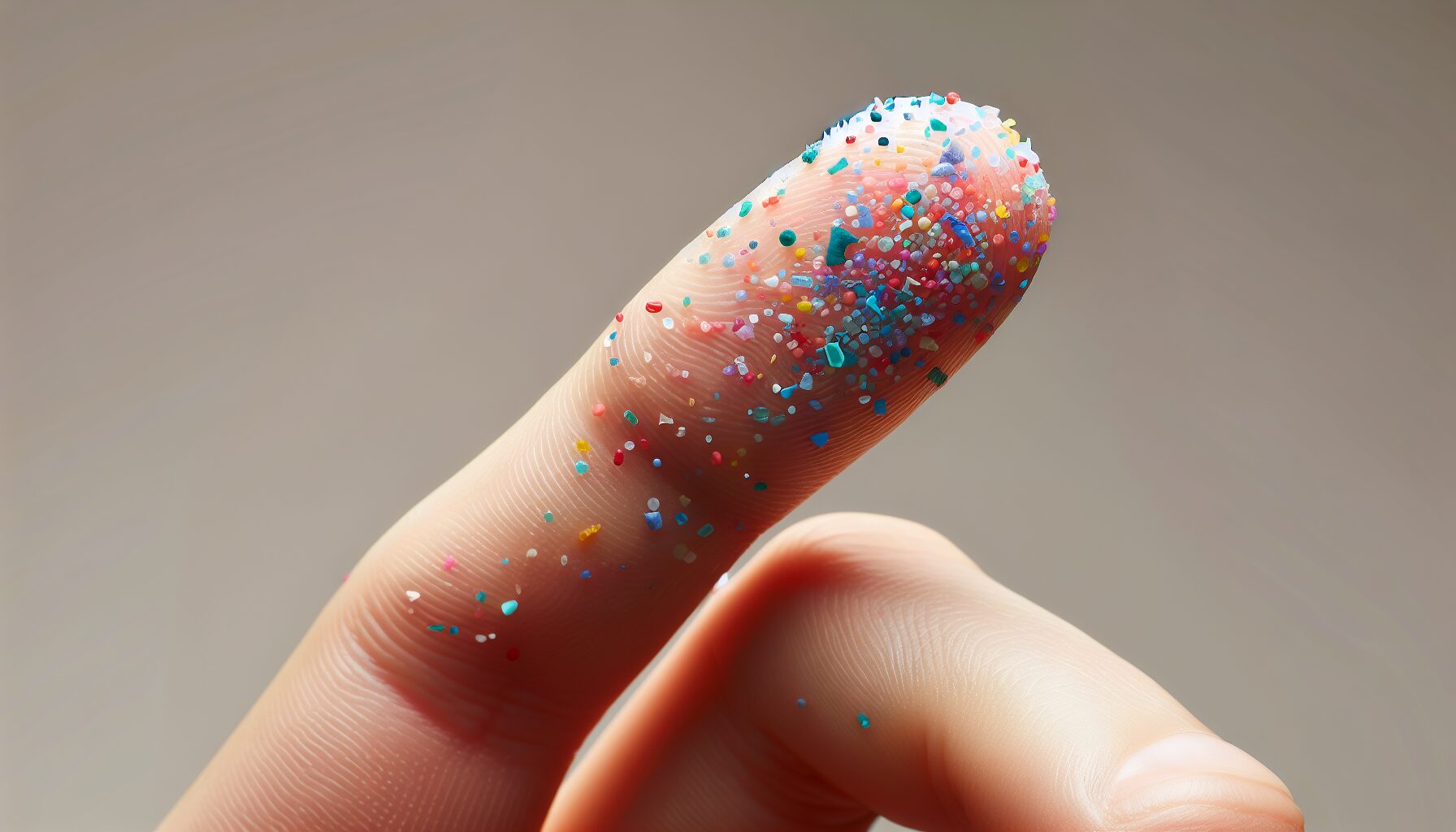
How Microplastics Affect The Body
Plastic microparticles can be taken up by cells. They can accumulate with the body and then cause harm. Research shows that microplastics can contribute to health conditions like cancer, dementia, heart disease and accelerated aging. Microplastics can cause harm to the body through two main forces. One is the accumulation of oxidative stress and the other is endocrine disruption.
Microplastics And Oxidative Stress
Within the body microplastics are a toxin and a naturally inert one as well. This generates oxidative stress, can affect DNA and possibly cause chronic inflammation within cells. These are big risk factors in the development of diseases. They can cause wider health problems including accelerated ageing, central nervous system, heart, gut health and reproductive issues. Effects to DNA can be cancerous or cause genetic methylation which can be inherited.
Microplastics And Endocrine Disruption
Our hormonal or endocrine system enables communication between organs or glands and is very important for our health. Microplastics are thought to have severe influences on hormones in lifeforms and are therefore considered to be endocrine disruptors.
Endocrine disruptors mimic or block the functions of our hormones. They can also cause changes to the levels of some hormones within the body. Microplastics can affect testosterone and luteinizing hormone levels which can affect reproduction. Some endocrine disruptors bind to oestrogen or androgen receptors to block or initiate activity.
Microplastic accumulation in the gonads could accelerate female puberty through endocrine disruption of female hormones. Many studies recognise microplastics as damaging for the reproductive system and an influencer on fertility. Microplastic endocrine disruption may affect nerve cell function, mood, development, reproduction and stress responses.
Microplastics also attach to secondary molecules such as BPA, synthetic hormones or pesticides. These can worsen the effects of microplastics on the endocrine system. BPA interferes with thyroid hormone action and functions. This can disrupt brain function or cellular growth. BPA or Bisphenol A is also associated with adrenal gland, metabolic and heart disorders. Research into this topic is in early stages and there may be many untold effects from microplastic consumption on our hormone levels.
These are strong reasons as to why you may wish to consider your purchases of ocean source products that could have microplastics in. This includes sea salt or table salt. Low microplastic salt or sea salt options may exist but are not really labelled on the products themselves. Choosing salt from a specific salt source low microplastic salt.
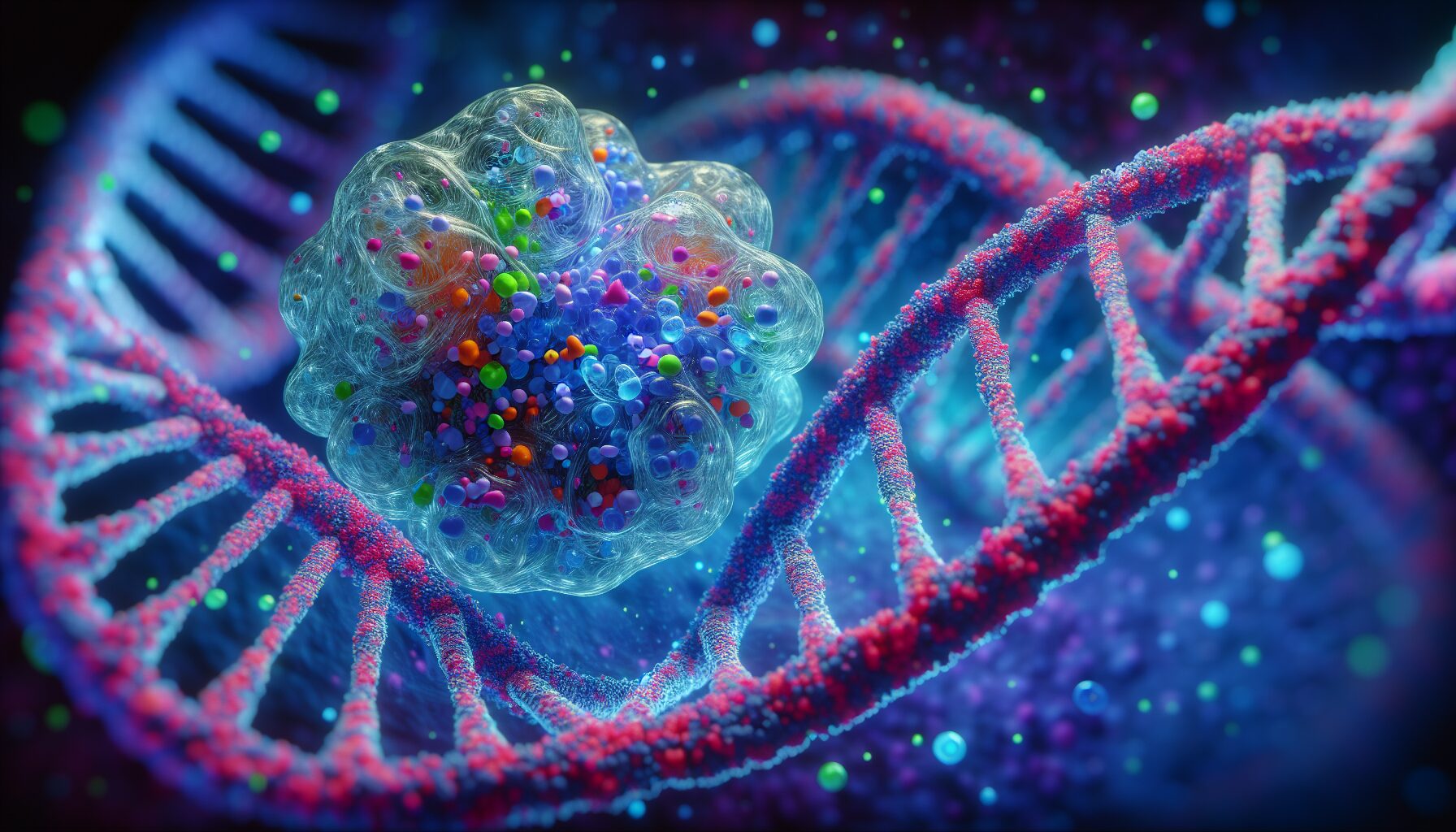
Risk Of Microplastic Consumption From Salts
There is thought to be a widespread contamination of the soils and oceans with microplastics. This means that table salt products that have come from the sea could have microplastic contamination. There is a lack of product labelling and this makes identifying products that contain microplastics very tricky.
Meta reviews of studies on sea salts can reveal the types of salt products that are more likely to be contaminated with microplastics. These are intensive review studies that summarize all the known research on a topic. Because of these studies we can identify low microplastic table salts and sea salts that may be preferrable.
One systematic review or meta review identified all of the relevant research on microplastic contamination of salt for human consumption. This first time meta review on microplastic contamination of salt used in food looked at 3919 studies. They considered 164 salt brands. These originated from the sea, rock sediments, lakes or wells.
Not surprisingly they found a widespread contamination of salt that reaches into well and lake salts. They confirm that salt is a big risk factor for human microplastic contamination. All sources of salts carried some risk of human microplastic contamination.

Low Microplastic Salts
If all salt sources carry a contamination risk it is sensible to make a note salts that are less of a risk than others or salts that you could call low microplastic salts.
Higher risk microplastic salts include salts that come from the sea and those that come from wells. This is very consistent with known microplastic contamination of the oceans and soils.
There was a very significant difference in salt microplastic or MP contamination between the salt sources. For example, sea salt could have up to 1674 MPs/kg and lake salt up to 462 MPs/kg. Rock and well salts were far lower with a range of 0 to 204 MPs/kg.
On average rock salt had 18.49 MPs/kg and lake salt 37.65 MPs/kg. These are suggestive of standardized global microplastic particle contamination. Sea salt has a very high level of microplastic particle contamination. This is not surprising considering how open the sea is to environmental contamination. Studies detected high levels of PE and PET microplastics in sea salt.
Other studies have confirmed these findings and suggest sea salts are far more contaminated than rock salts. Some studies show far higher levels of microplastic contamination than the meta review had identified. This confirms concerns that food produce from the sea, such as sea salt is highly contaminated with harmful microplastics.
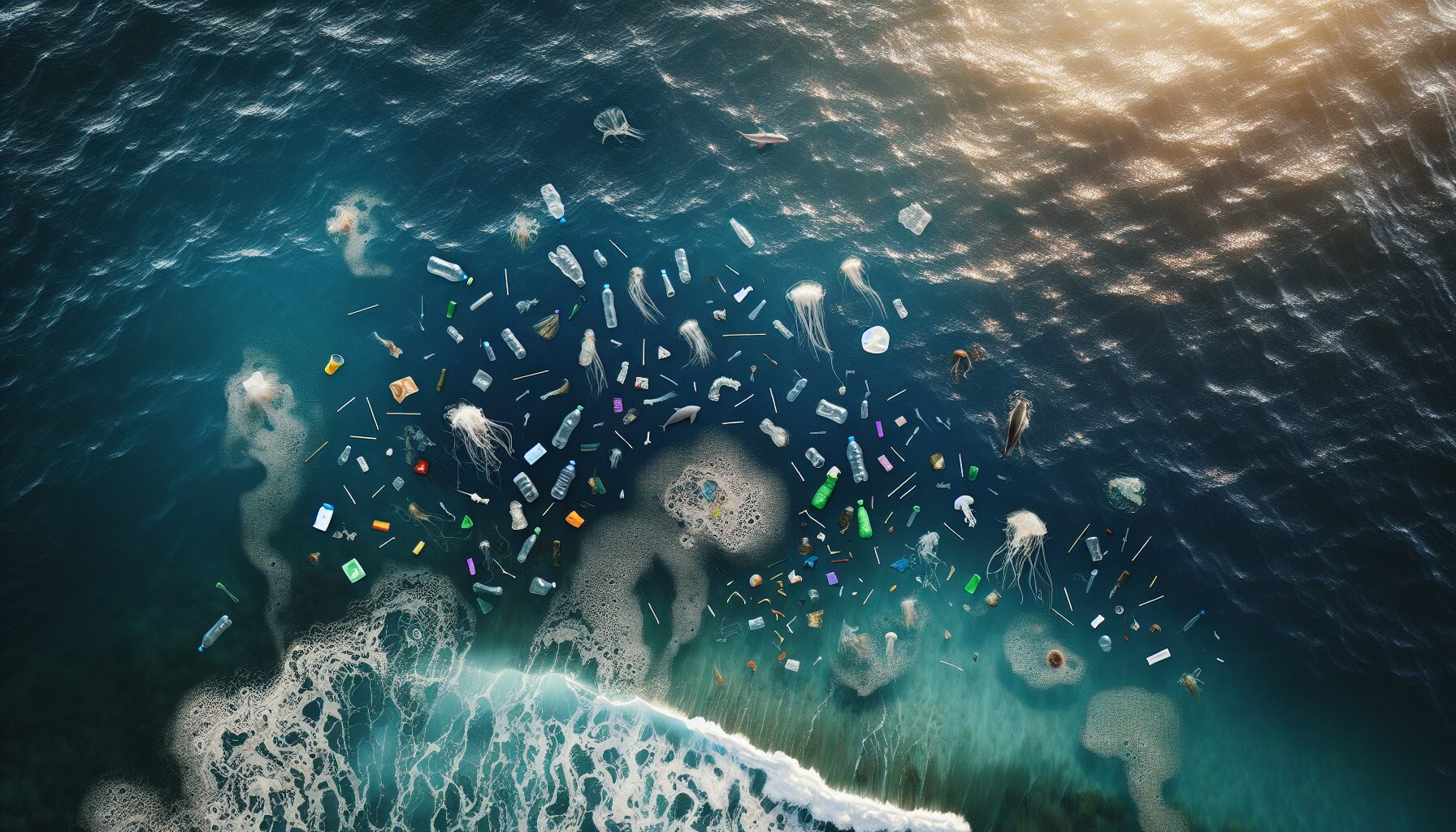
Low Microplastic Sea Salt
The core issue with finding a low microplastic sea salt is that the sea is very open to contaminants and has a high level of microplastic contamination. The sea would normally be a pool of excess nutrients for various lifeforms to thrive. The review could not really confirm if there were particular locations in the world with the highest levels of sea salt microplastic contamination. Based on that we also couldn’t suggest a low microplastic salt product.
When looking for low microplastic salt you may wish to consider rock based salts instead. The findings of this review would suggest that these salts have lower microplastic contamination than sea salts. Based on a 10g daily salt intake the meta review shows that with rock salt you would consume 67.49 MPs/year, rather than 214.26 MPs/year with sea salt.
Our world has become contaminated with various toxins and the sea is no exception. Studies show that the sea is highly contaminated with microplastics at present. This makes it possibly more preferable to choose rock based salts for food consumption over sea salts.

Low Microplastic Salt Brands
Considering rock salts to be scientifically more preferrable for low microplastic contamination various organic and low microplastic salt brands have emerged. These salts are generally mined from rocks and some brands also use salts from wells.
Some low microplastic salt brands use salt from prehistoric rock sediments or wells and are said to guarantee minimal environmental contamination from microplastics. These brands could be the low microplastic sea salt alternatives that you may be seeking.
Tidman’s Natural Rock Salt
Tidman’s natural rock salt is extracted from ancient underground deposits in Spain. This natural rock salt has been harvested from deep underground and so should be a low microplastic alternative compared to sea salt products. It is also free from artificial additives.
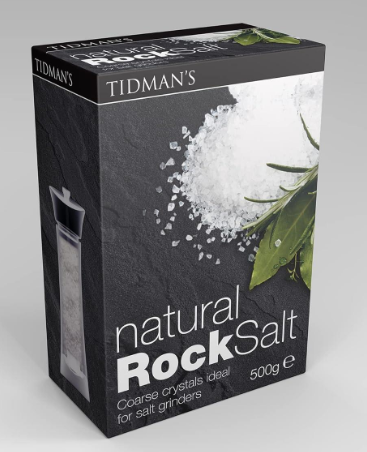
Organic Fields Himalayan Rock Salt
Organic Fields Himalayan Rock Salt is a mineral rich salt sourced from ancient Himalayan salt mines. Considering it is a rock salt this product should be low in microplastics compared to sea salts. Himalayan salts are known for their pink colour. This product is free from additives and preservatives. This salt contains some iodine in addition to electrolyte minerals such as calcium, magnesium, and potassium.
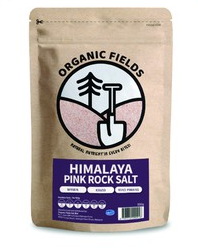
Ojas Himalayan Salt Rocks
There are various brands of Himalayan rock salt out there. One of these is available in Europe as sold by Ojas. Ojas Himalayan Salt Rocks is a high quality natural salt and because it is mined it should be a very good low microplastic sea salt alternative.
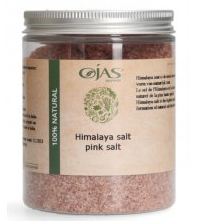
Selina Naturally Potassium Pink Cave Salt
Selina Naturally Potassium Pink Cave Salt was originally produced in 1976 in Catalonia. Spain is known for salt rich ancient sediments. This ancient pink salt is mined from an ancient sea cave within the depths of Salt Mountain. The salt originated millions of years ago and is rich in electrolytic minerals. As a natural rock salt this product is naturally low microplastics.
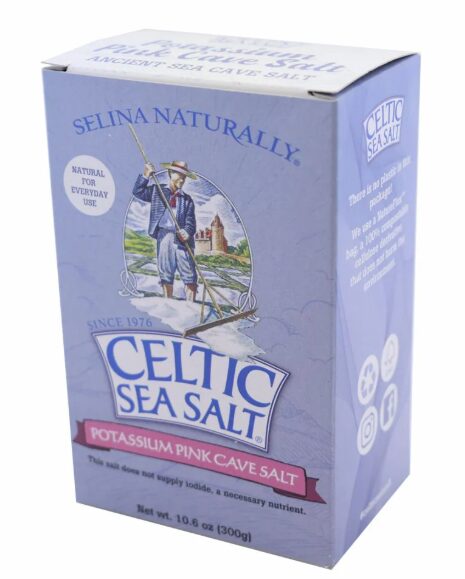
Vera Salt
Vera salt is third party tested for contamination with microplastics. Their products proudly carry an independent microplastic free label. This product is pricey. Vera salt is unique in that it is one of the only sources of natural spring salt scientifically shown to have minimal microplastic contamination. Vera salt is said to be sourced from an ancient source and by traditional methods. This salt does not just contain sodium. Vera salt also contains other electrolytes such as potassium, magnesium and calcium. This is a very unique and high end product.
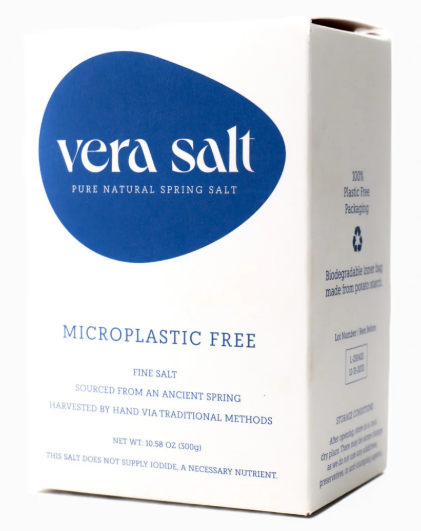
Only Salt
Although their product does not seem to be tested for microplastics Only Salt advertises as being microplastic free. This is because their salt originates from a deposit deep in the Andes mountains and they claim that this is a preplastic salt source. This brand is not as high end as Vera Salt but provides a low microplastic sea salt alternative said to be untouched by modern plastic pollution.
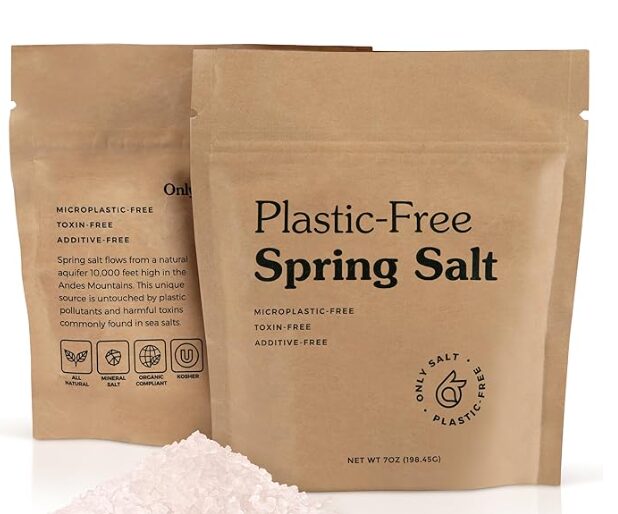
Summary
Low microplastic sea salt and table salt has become an emerging product of interest. This is because of how severe the contamination of microplastics is in the oceans and the toxic effects of microscopic plastics.
Human exposure to microplastics occurs mainly through food, drinks, inhalation and skin contact. This includes drinking water. Of particular concern is microplastic contamination of products such as sea salts that come from the oceans. This is a big reason to consider low microplastic salts or sea salt.
Microplastics can accumulate in the body where they could influence the endocrine system and cause oxidative stress. Because of this microplastics can lead to cancer, dementia, heart disease and accelerated aging. Microplastic endocrine disruption is a risk to our health and can influence hormone function. They can mimic or block hormones to supress nerve cell function, mood, development, fertility and stress responses.
An intensive review of all of the relevant research on microplastic contamination of salt found rock salt to be the least contaminated food salt source. They confirmed that there is widespread contamination of salt and that no salt source is without risk of human microplastic contamination. Rock salt is a low microplastic salt when compared to sea salt. Other studies also confirm these findings because of how exposed the sea is.
Mined rock salt brands offer a low microplastic salt choice and an alternative to sea salt for food consumption. Some of these include Organic Fields Himalayan Rock Salt, Vera Salt and Only Salt.
Studies confirm widespread microplastic contamination of salt products and this is creating a market for low microplastic salt. Rock salt is considered to be a low microplastic salt and various brands exist to address this emerging issue.
For more interesting articles, see the main articles page.
